With the technique improves, medical knowledge extends and needs of nursing moms are valued to higher level gradually, more and more products are created and introduced in to the field of breastfeeding. This ought to be good news for parents with babies because varying options become available to choose for ones who have different needs.
It is well acknowledged that breast milk is ideal food for infants because it provides precious nutrients and antibodies which help protect babies from illness. Based on many researches, breastfeeding is healthier for a mother both physically and emotionally. However, it is not rare to find a mom can’t achieve breastfeeding smoothly due to various reasons, or a mom needs to empty her breast by hand or breast pump instead of by her baby.

More Possibilities, Less Pressure
We understand the benefit of breast milk as well as the advantage of breastfeeding. However, every mom’s body is unique, so is her need and choice. Maymom cares for each mom. As a manufacturer of breast pump parts and accessories, we strive to support breastfeeding moms by providing suitable tools and easing the burden on them as much as possible.
When lactation consultants and nursing specialists help parents deal with lactation issues with their knowledge and trained skills, we develop useful tools and deliver to right people like them. For example, IBCLC Starter Kit, one of Maymom’s feature products, is an integrated kit designed especially for users with professional intention and ability. In the kit, detachable breast shields of whole sizes are included to enable consultants help their clients to find the most suitable sizes. There are also flange inserts, flange adapters, tubing connectors, and one complete pump kit that is compatible with most brand models, etc.
Then and Now
Observing the figure of the early breast pump made in 1930s, we can tell the apparatus can be divided mainly into three parts: breast shield, breast milk collection container, and source of suction power. Till today, even though novel models of different formation and style have been designed and released by hundreds of breast pump makers, among them the principle of three necessary parts for a breast pump remains the same.
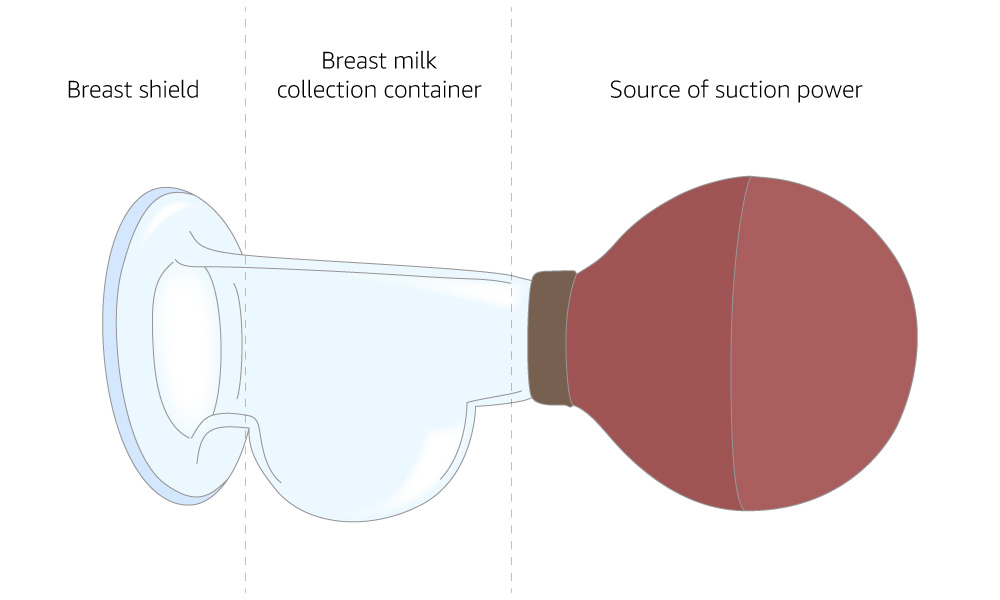
The breast shield allows a vacuum to be applied to the breast. The funnel-shaped part of the breast shield is placed and covers the nipple and the areola to create a seal. By squeezing and releasing the bulb, suction power is generated and disappears. With the creation of a vacuum around the nipple, air is pulled into the breast shield. The nipple is then drawn into the tunnel and the areola is pressed against the peripheral. After the pump imitates a baby's nursing rhythm to certain degree, breast milk eventually flows into the collection container.
Nowadays, electric power mostly replaced human power in many ways, and breast pump is no exception. There are so many electric breast pumps of brands in the market around the world. Because of possessing mentioned 3 necessary parts, sometimes those products look similar to each other even being made by different makers. Here is some common appearance:
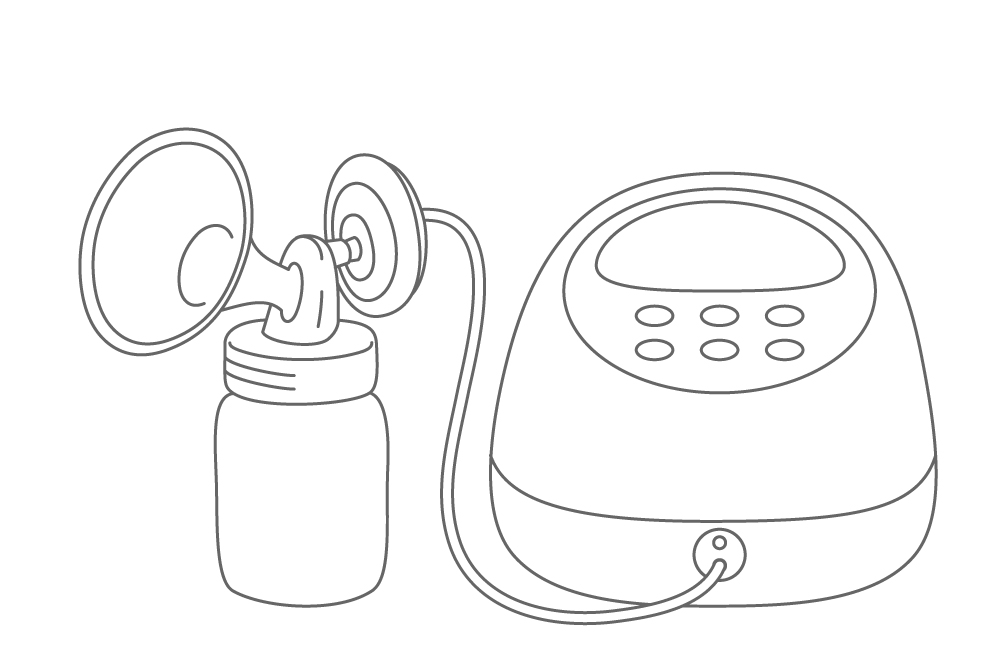
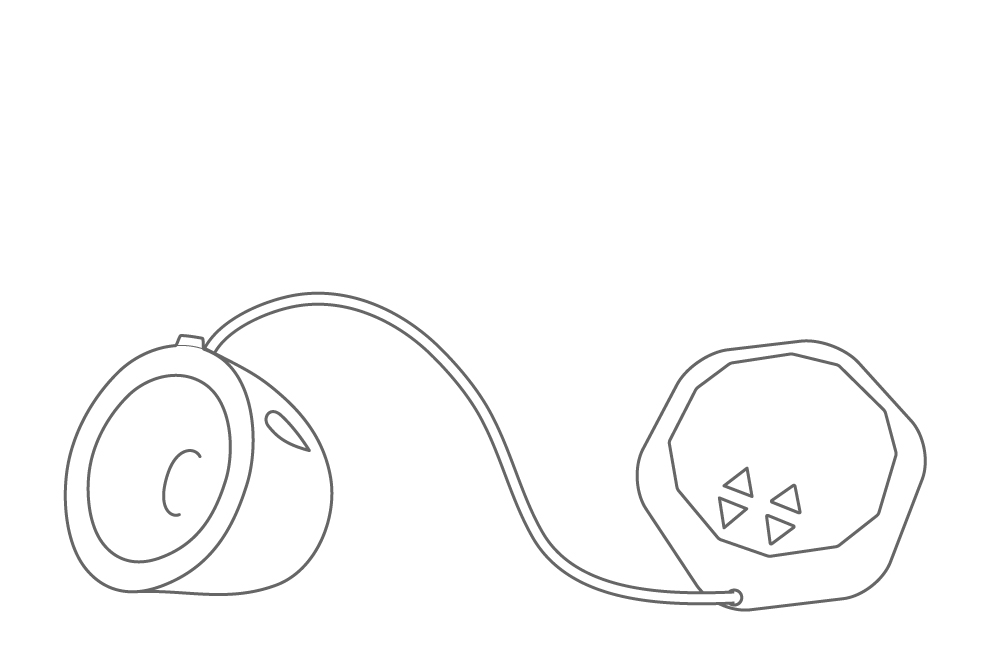
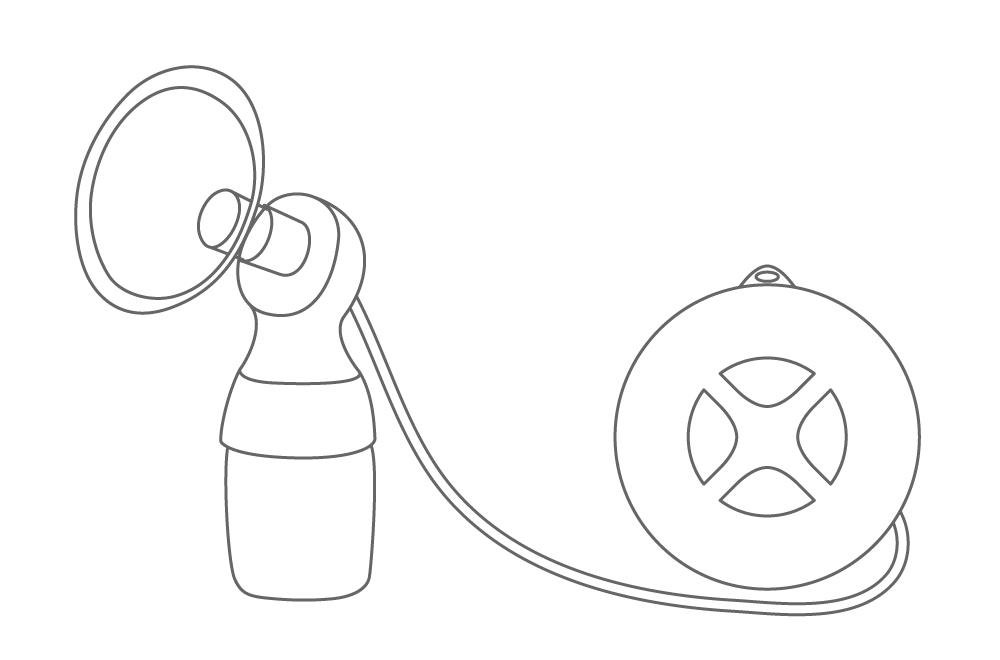
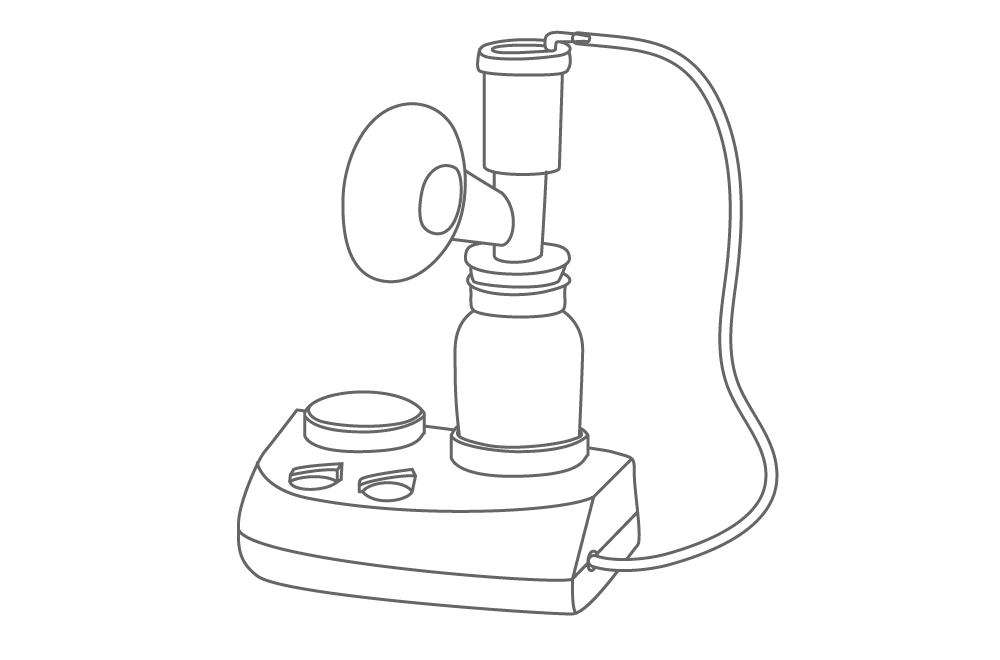
From the diagrams above, we can tell that although all the pumps are different in size and in shape, they are all connected to the flange with the tubing. Besides, since the closed system pumps have become the mainstream on the market, the backflow protectors are included in each setup. They are installed between the pump (tubing) and the flange (collecting cup) to prevent breast milk from flowing to the pump (tubing).
The electric breast pump is still evolving. The ideas of hands-free, wearable, and portable are merged into products smoothly: size of pumps get compact, light and easy to carry; built-in chargeable batteries make pumping wireless and mobile; detachable breast shields and pumping bras together help free breastfeeding moms’ hands for whatever they want to do while pumping.

The diversity of breast pumps’ formation provides more possibilities for lifestyle of breastfeeding moms. Still, the size of the breast shield/flange matters a lot regarding to pumping. To achieve comfort and efficiency, Maymom and many other manufacturers are working on developing helpful tools for breastfeeding parents. Taking detachable breast shield for example, where there is need, there is invention. Each mom’s body is different, so is her need. Various size options, different shapes of flange design, and soft materials introduced are common features in them.
Detachable Breast Shield/Flange Available on the Market (2022)
| Brand | Item Name | Feature | Available size (mm) |
|---|---|---|---|
| Maymom | MyFit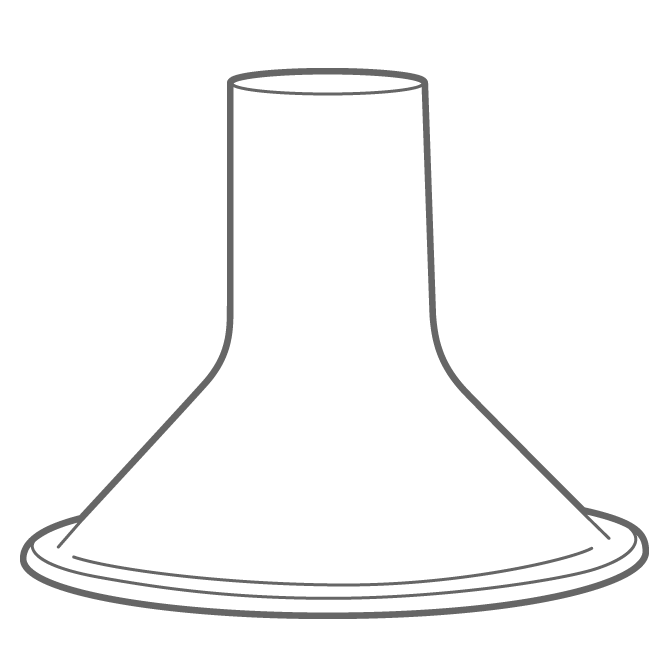 |
|
13, 15, 17, 19, 21, 23, 24, 27, 28, 30, 32, 34, 36 |
MyFit Crater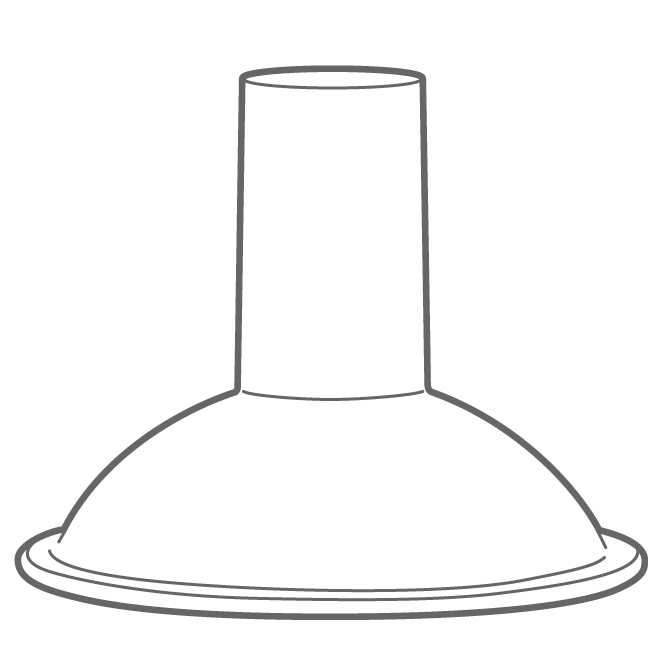 |
|
10, 12, 22, 24 | |
MyFit Comfy |
|
15, 17, 19, 21 | |
| Medela | PersonalFit Breast Shield |
|
21, 24, 27, 30, 36 |
PersonalFit Plus Breast Shield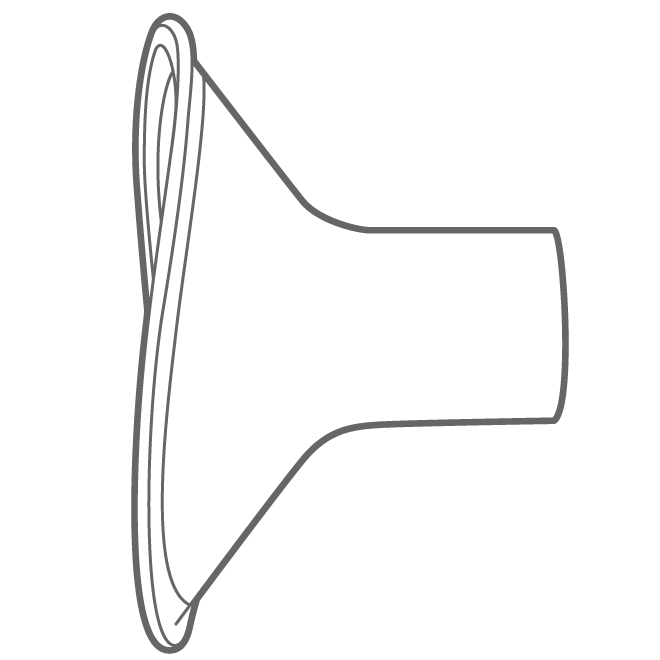 |
|
21, 24, 27, 30, 36 | |
PersonalFit Flex Breast Shield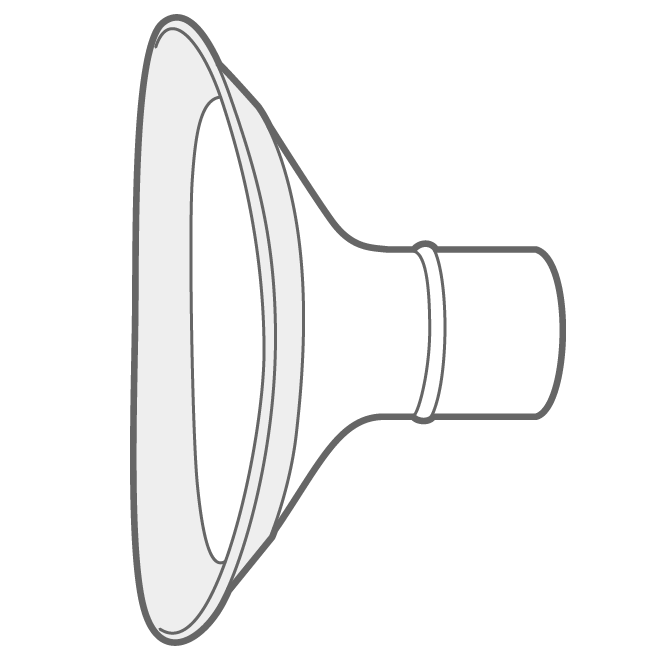 |
|
21, 24, 27, 30 | |
| Lansinoh | ComfortFit Breast Pump Flanges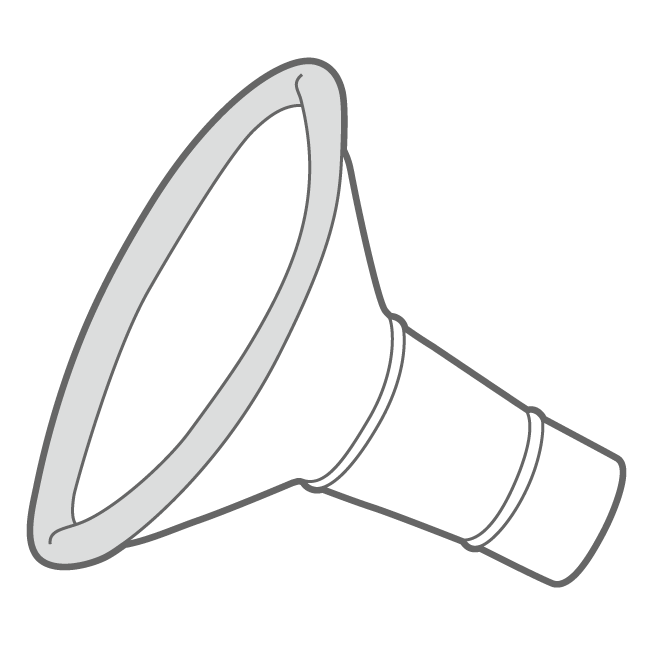 |
|
21, 25, 28, 30.5, 36 |
| Pumpin’ Pal | Super Shields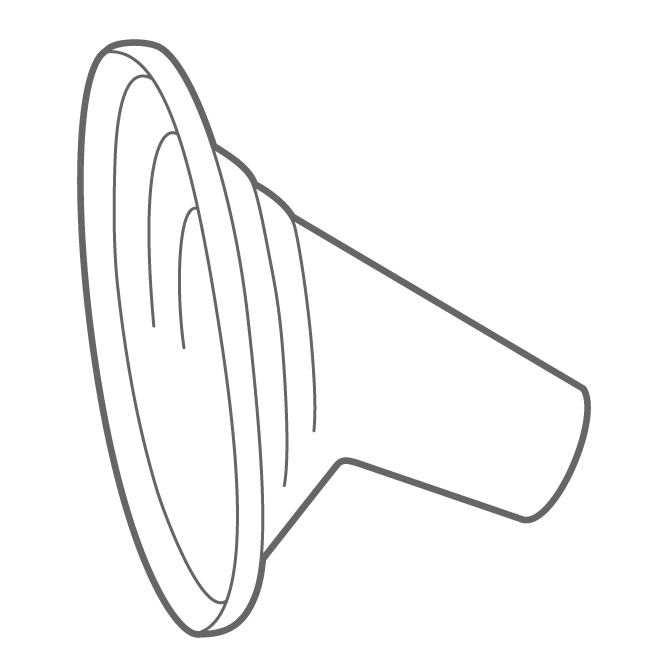 |
|
XS (15-19), S(20-23), M(24-28), L(29-35), XL(>35) |
| LacTeck | 4th Gen BabyMotion Flange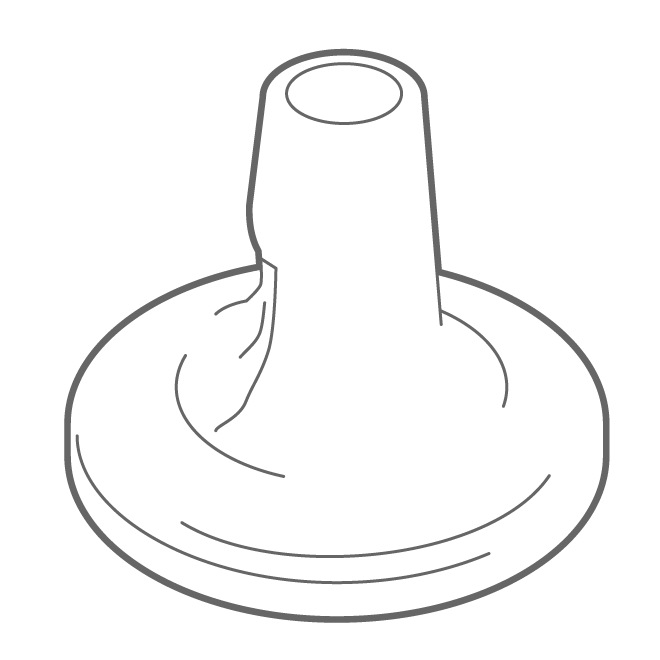 |
|
12, 15, 18, 21, 24, 27 |
Indispensable Manual Breast Pumps
Although electric breast pumps do lighten lots of breast pumping moms’ loads, manual breast pumps are still needed in certain situations or preferred by some users. Manufacturers of electric breast pumps often make manual breast pumps as well. Without motors and mechanical parts, a manual breast pump is usually lighter and more inexpensive than electric one. Nevertheless, a manual breast pump has the same convenience as an electric one does when changing the size of breast shield or the choice of the milk collection (bottle or storage bag).
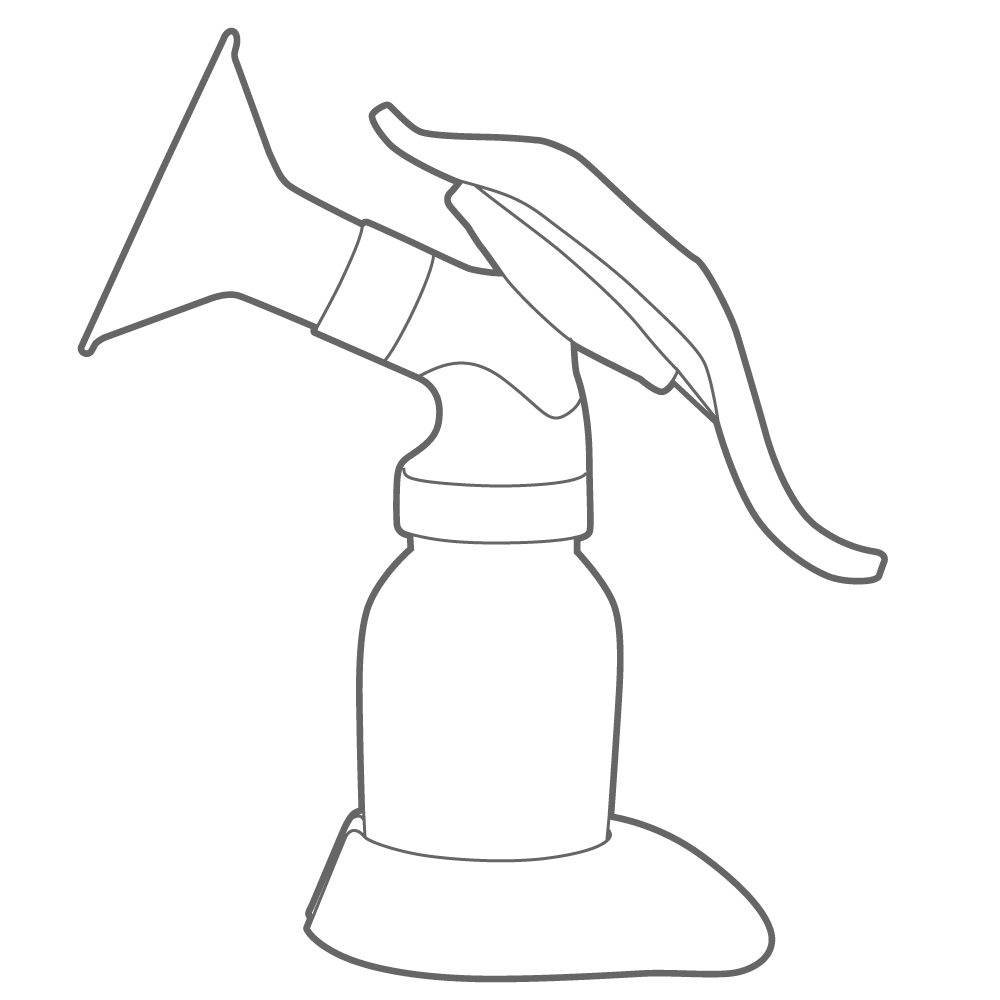
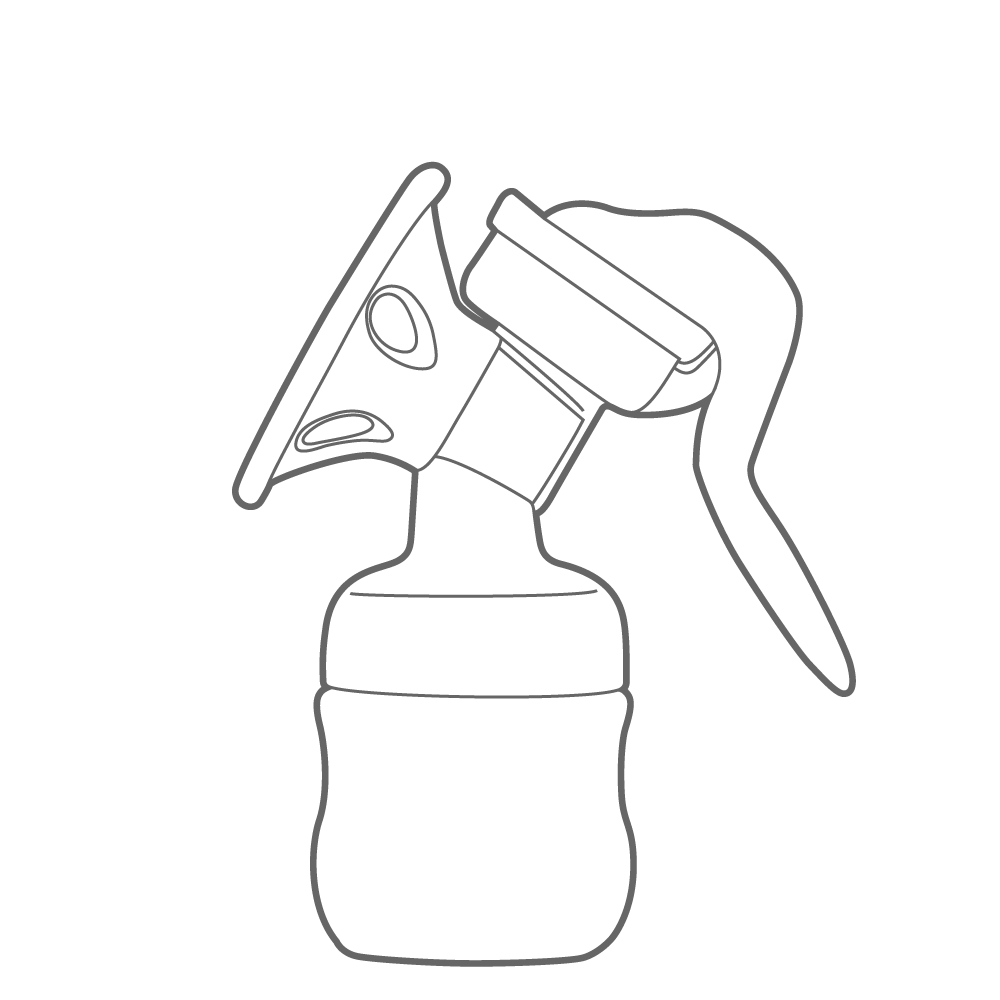
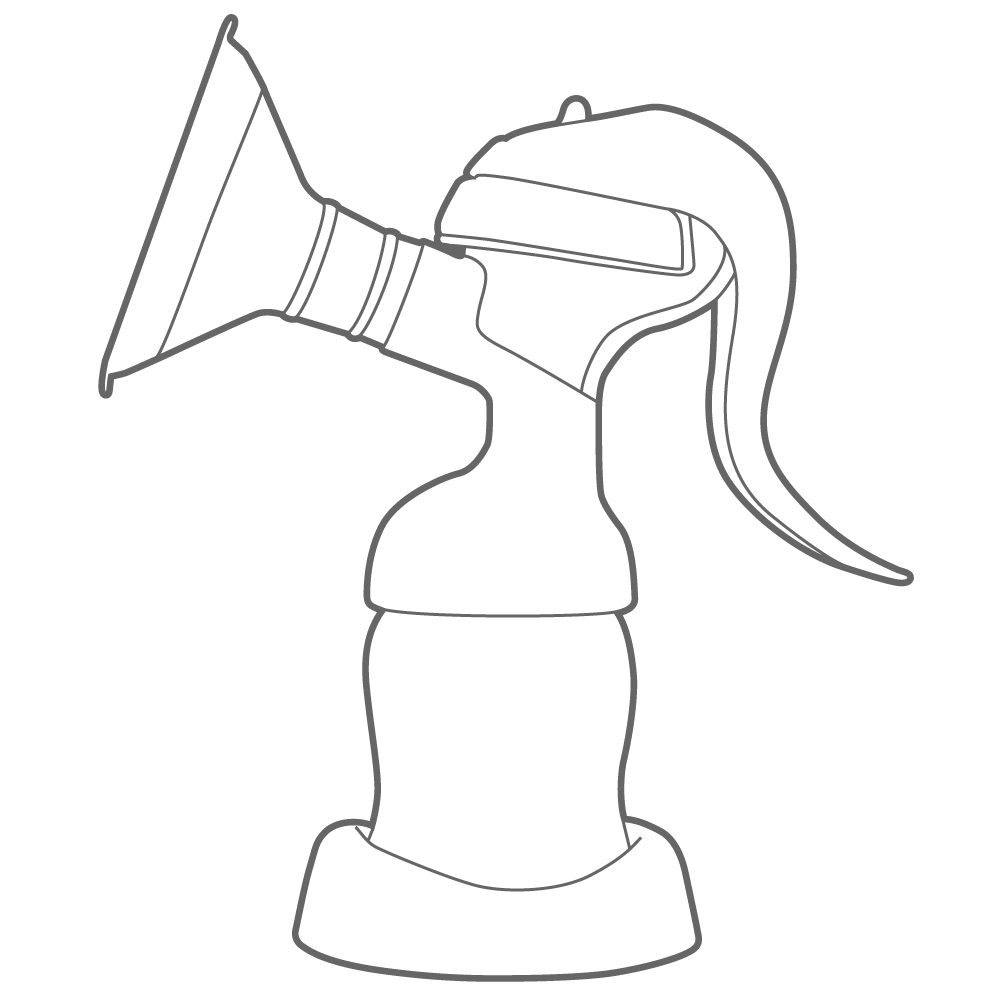

The first three diagrams above are common formation of manual breast pump on the market. A handle or a lever is attached on top to press down so as to generate the suction power. The user herself controls the frequency and the suction pressure by adjusting the speed and level of pressing down the handle. The last one diagram is another common type manual breast pump, made of flexible silicone and looking translucent. It uses simple suction to express milk, and is often used to attach to one breast when breastfeeding a baby on the other side.

